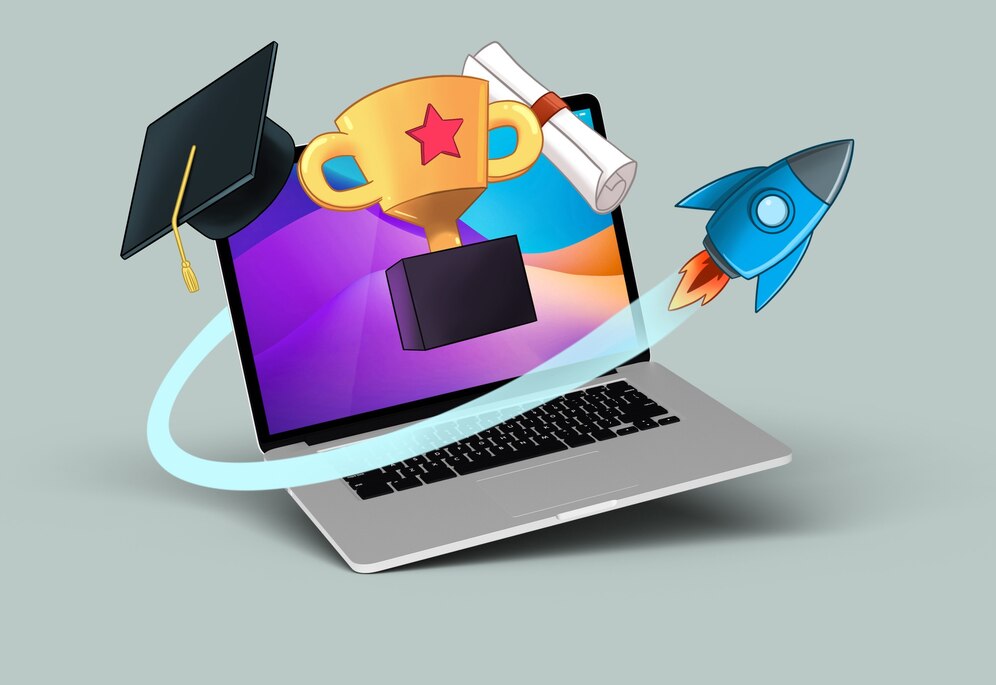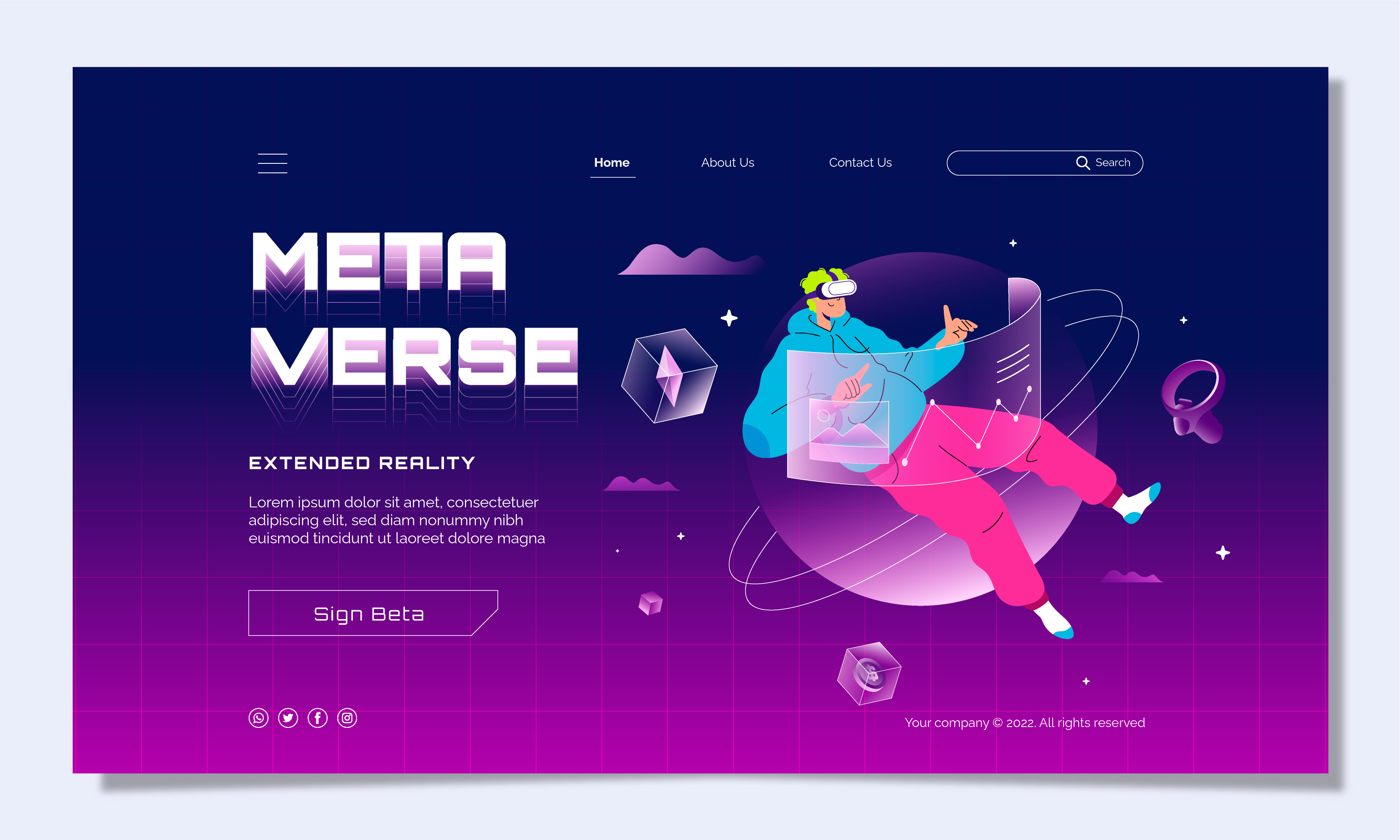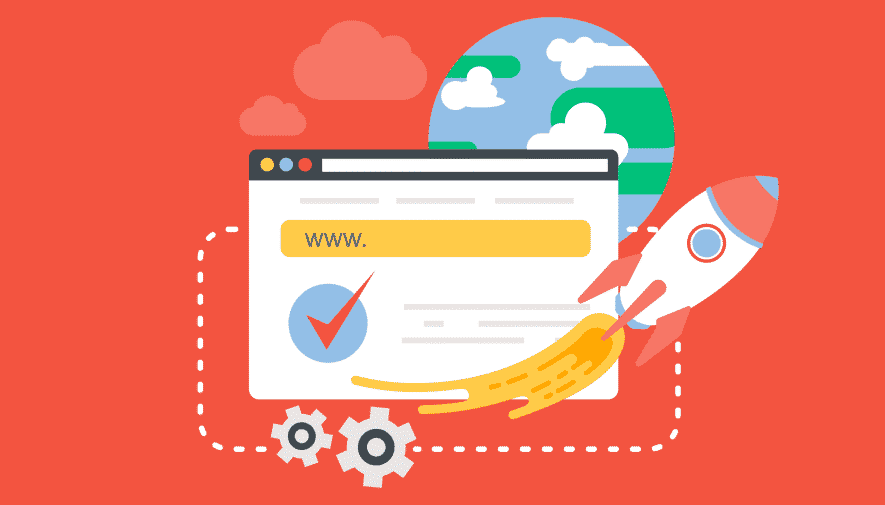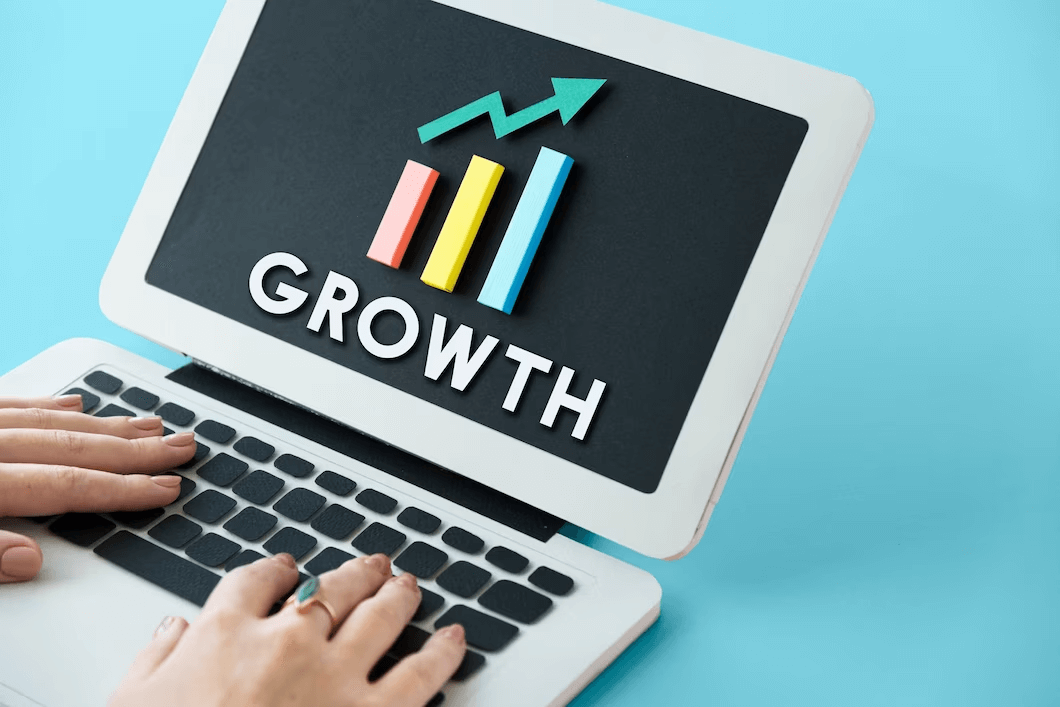
Whether for academic institutions, corporate training programs, or online courses, a well-designed LMS can make a significant impact on the delivery of educational content. Building a successful LMS platform requires careful planning and execution, involving crucial steps that lay the foundation for a winning solution. In this blog post, we will delve into the essential steps involved in creating a successful LMS platform, covering aspects such as defining your target audience, identifying core functionalities, and selecting the right technology stack.
1. Define Your Target Audience
Before diving into the technicalities of LMS development, it's imperative to define your target audience. Understanding the needs, preferences, and challenges of your users will shape the entire development process. Whether your LMS is geared towards K-12 education, higher education, employee training, or a specific niche, a clear understanding of your audience ensures that your platform aligns with their expectations.
Consider factors such as:
-
Age Group: The user interface and learning materials will vary significantly for different age groups.
-
Educational Level: The content and complexity of the LMS should match the educational level of your audience.
-
Industry or Subject: Corporate training LMS will differ from those focused on science or arts, for instance.
-
Technical Proficiency: Assess the technical skills of your audience to design an interface that is user-friendly.
By defining your target audience, you set the stage for creating a customized and effective LMS platform that meets the specific needs of your users.
2. Conduct a Thorough Needs Analysis
Once your target audience is defined, conduct a thorough needs analysis to identify the requirements and expectations of both educators and learners. This step involves engaging with potential users, understanding their pain points, and gathering insights to inform the development process.
Key aspects of needs analysis include:
-
Content Requirements: Identify the types of content your audience needs, whether it's text, video, simulations, or interactive modules.
-
Assessment Methods: Determine the preferred methods of assessment, such as quizzes, exams, or project-based evaluations.
-
Collaboration Features: Explore the need for collaborative tools, discussion forums, and group activities.
-
Reporting and Analytics: Understand the data and analytics requirements for both educators and administrators to track progress and identify areas for improvement.
By conducting a needs analysis, you ensure that your LMS addresses the specific requirements of your users, fostering a more engaging and effective learning experience.
3. Outline Core Functionalities
With a clear understanding of your audience and their needs, it's time to outline the core functionalities of your LMS platform. These functionalities form the backbone of the system, providing the tools necessary for seamless content delivery, interaction, and assessment.
Key functionalities to consider include:
-
User Authentication and Authorization: Implement secure user authentication and authorization mechanisms to protect sensitive data.
-
Content Management: Develop a robust content management system for organizing and delivering various types of learning materials.
-
Assessment and Evaluation: Create tools for designing and conducting assessments, as well as tracking and evaluating learner performance.
-
Collaboration Tools: Integrate features like discussion forums, chat, and collaborative workspaces to facilitate interaction among learners and educators.
-
Reporting and Analytics: Implement comprehensive reporting and analytics tools to track user progress, identify trends, and measure the effectiveness of the learning materials.
-
Mobile Compatibility: Ensure that the LMS is accessible on various devices, especially mobile phones, to accommodate diverse learning preferences.
Defining these core functionalities sets the framework for a robust and user-friendly LMS platform that caters to the diverse needs of educators and learners.
4. Choose the Right Technology Stack
Selecting the appropriate technology stack is a critical decision that directly influences the performance, scalability, and maintenance of your LMS platform. The technology stack encompasses the programming languages, frameworks, databases, and other tools used in the development process.
Consider the following factors when choosing your technology stack:
-
Scalability: Choose technologies that can handle the growth of your user base and the increasing volume of data and content.
-
Interoperability: Ensure compatibility with other systems and tools commonly used in educational settings, such as Student Information Systems (SIS) or third-party content providers.
-
Security: Prioritize security features to protect user data, especially considering the sensitive nature of educational information.
-
User Interface (UI) and User Experience (UX): Select technologies that enable the creation of an intuitive and visually appealing interface for both educators and learners.
-
Cost and Resource Considerations: Evaluate the cost of development, maintenance, and potential future upgrades associated with the chosen technology stack.
The right technology stack provides a solid foundation for your LMS, ensuring that it can meet current needs and adapt to future challenges.
5. User-Focused Design and Development
A user-focused design and development approach is crucial for the success of your LMS platform. The user interface should be intuitive, allowing both educators and learners to navigate seamlessly through the system. Additionally, the design should be responsive, ensuring a consistent experience across different devices.
Key principles for user-focused design and development include:
-
User-Centered Design (UCD): Involve potential users in the design process, gather feedback, and iterate on the interface to enhance usability.
-
Accessibility: Ensure that the LMS is accessible to users with disabilities, following accessibility standards and guidelines.
-
Responsive Design: Optimize the platform for various screen sizes and devices to accommodate the diverse preferences of learners.
-
Feedback Loops: Implement mechanisms for users to provide feedback on the platform, fostering continuous improvement.
By prioritizing user experience and incorporating feedback throughout the development process, you create an LMS that is not only functional but also user-friendly and adaptable to evolving educational needs.
6. Testing and Quality Assurance
Thorough testing and quality assurance are essential to identify and rectify any issues before the LMS platform is deployed. Testing should encompass various aspects, including functionality, security, performance, and compatibility.
Key testing phases include:
-
Unit Testing: Test individual components and modules to ensure they function as intended.
-
Integration Testing: Verify the interactions between different components to ensure seamless operation.
-
Security Testing: Conduct penetration testing and vulnerability assessments to identify and address potential security risks.
-
Performance Testing: Evaluate the platform's performance under different loads to ensure it can handle concurrent users and data volumes.
-
User Acceptance Testing (UAT): Involve actual users in testing to validate that the platform meets their expectations and requirements.
By investing time and resources in thorough testing, you minimize the risk of encountering issues post-launch, ensuring a smooth and reliable learning experience for users.
7. Implementation and Deployment
Once testing is complete and any identified issues are addressed, it's time to move forward with the implementation and deployment of your LMS platform. This involves setting up servers, configuring databases, and making the platform accessible to users.
Key steps in the implementation and deployment phase include:
-
Server Setup and Configuration: Choose a reliable hosting solution and configure servers to ensure optimal performance and scalability.
-
Database Integration: Integrate the LMS with the selected database system to manage and retrieve data efficiently.
-
Security Measures: Implement security measures such as SSL certificates, firewalls, and encryption to protect user data during transmission and storage.
-
Monitoring and Maintenance: Set up monitoring tools to track the platform's performance and address any issues that may arise. Establish a routine maintenance schedule for updates and improvements.
A well-planned implementation and deployment process are crucial for a successful launch and the ongoing stability of your LMS platform.
8. Continuous Improvement and Updates
The development of an LMS platform doesn't end with its deployment. To remain competitive and effective, continuous improvement is necessary. Regularly gather user feedback, analyze data and performance metrics, and iterate on the platform based on evolving educational trends and technologies.
Key strategies for continuous improvement include:
-
Feedback Mechanisms: Provide channels for users to submit feedback on their experiences and suggestions for improvements.
-
Data Analytics: Utilize data analytics tools to gain insights into user behavior, engagement, and areas for enhancement.
-
Feature Updates: Roll out regular updates and new features to keep the LMS platform aligned with emerging educational needs.
-
Technology Upgrades: Stay informed about advancements in technology and update your technology stack as needed to ensure the platform's longevity.
By embracing a mindset of continuous improvement, your LMS platform can evolve alongside educational practices and technologies, maintaining its relevance and effectiveness in the long term.
Conclusion
Building a winning LMS platform involves a comprehensive and strategic approach, from defining the target audience to continuous improvement post-deployment. By understanding the needs of your users, outlining core functionalities, selecting the right technology stack, and prioritizing user-focused design, you set the stage for a successful development process. Thorough testing, careful implementation, and a commitment to continuous improvement ensure that your LMS platform not only meets but exceeds the expectations of educators and learners, fostering a positive and impactful learning experience.
Latest Post




